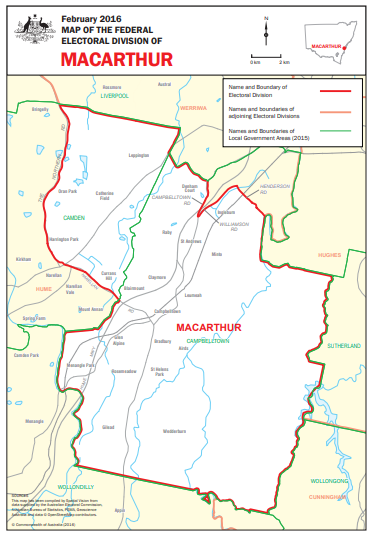|
|
|
|
| Adam Carr's Election Archive
|
Australian federal election, 2022
Division of Macarthur, New South Wales
Named for: John Macarthur (1766-1834), founder of wool industry, NSW
MP 1825-33, and his wife Elizabeth (1766-1850)
South-western Sydney: Bradbury, Campbelltown, Ingleburn, Leppington, Minto
State seats: All of
Campbelltown, parts of
Camden and
Macquarie Fields
Local government areas: Parts of
Camden and
Campbelltown
Borders with:
Cunningham,
Hughes,
Hume and
Werriwa
Enrolment at 2019 election: 119,152
Enrolment at 2022 election: 133,501 (+12.1)
1999 republic referendum: No 59.8
2018 same-sex marriage survey: Yes 52.1
Sitting member: Dr Michael Freelander (Labor):
Elected 2016, 2019
2007 Liberal majority over Labor: 0.7%
2010 Liberal majority over Labor: 3.0%
2013 Liberal majority over Labor: 11.4%
2016 Labor majority over Liberal: 8.3%
2019 Labor majority over Liberal: 8.4%
Liberal two-party vote 1983-2019
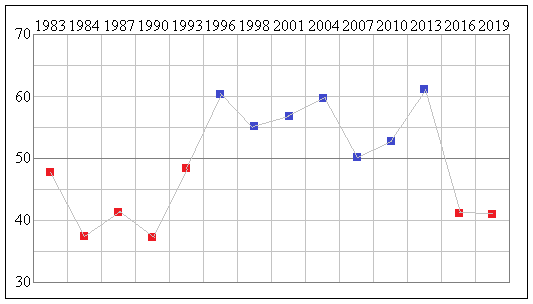
Status: Fairly safe Labor
Best Labor booths, two-party vote: Airds (79.3), Claymore (78.2), Rosemeadow East (77.8), Minto South (76.0),
Minto North (72.6)
Best Liberal booths, two-party vote: Rossmore (69.1), Menangle Park (68.1), Catherine Field (67.2), Camden PPVC (62.4),
Harrington Park (62.3)
2019 results
Statistics and history
Candidates in ballot-paper order:
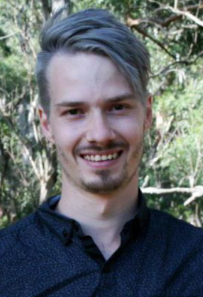 |
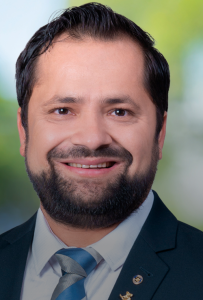 |
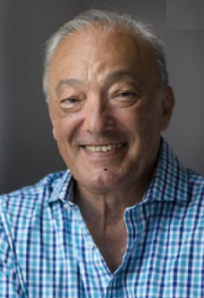 |
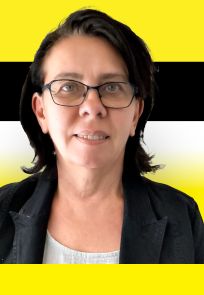 |
1. Jayden Rivera
Australian Greens |
2. Binod Paudel
Liberal Party |
3. Dr Michael Freelander
Australian Labor Party |
4. Rosa Sicari
United Australia Party |
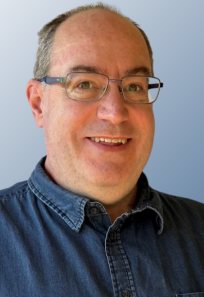 |
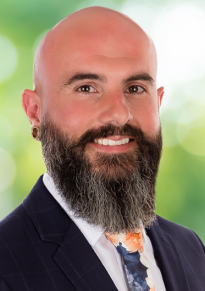 |
5. Scott Korman
Liberal Democrats |
6. Adam Zahra
Pauline Hanson's One Nation |
Candidate websites:
Dr Michael Freelander
Scott Korman
Binod Paudel
Jayden Rivera
Rosetta Sicari
Adam Zahra
Division of Macarthur
Macarthur was created in 1949, and has usually been located in the farming towns to the south-west of Sydney,
although at different times at has been drawn into both the Sydney suburbs and the outskirts of Wollongong.
Until the 1970s it was a fairly safe Liberal seat, while from 1984 to 1993, when it included parts of
Wollongong, it was a safe Labor seat. Today it is once again a marginal, outer suburban seat, centred on
Campbelltown and Ingleburn.
Although Macarthur has a fairly high level of median family income, it also has very high levels of families
with dependent children and of dwellings being purchased, making it a typical high-income mortgage belt
seat. Its low level of people in professional and managerial occupations shows that it is an electorate of skilled workers
and middle-class wage-earners raising families and paying mortgages.
John Fahey, former NSW Premier and Finance Minister in the Howard Government, won Macarthur in 1996 and
held it until 2001, when he retired. His successor,
Pat Farmer, was a Parliamentary Secretary in the
Howard Government's last term. He retired in 2010 after a falling out with the NSW Liberal Party and was
succeeded by
Russell Matheson, who greatly increased his majority in 2013. But the 2016 redistribution
radically changed Macarthur, removing its rural areas and moving it northwards into Labor-voting suburban
areas such as Eagle Vale and Minto. As a result, Matheson was defeated in 2016.
Dr Michael Freelander, Labor MP for Macarthur since 2016, was well-known as a Campbelltown paediatrician for
over 30 years. He was 63 at the time of his election, making him one of the oldest first-time MPs in recent
years. He gained a large swing in 2016, which he retained in 2019, and now appears fairly secure. The Liberal
candidate in Binod Paudel, a "leadership coach." The Greens candidate is Jayden Rivera, who works in hospitality.
Demographics:
Median weekly household income: $1,573 (Australia $1,438)
People over 65: 11.2% (Australia 15.8%)
Indigenous: 3.6% (Australia 2.8%)
Australian born: 66.0% (Australia 66.7%)
Non-English-speaking households: 30.1% (Australia 22.2%)
Catholics 29.6% (Australia 22.6%)
Muslim 6.3%
No religion 18.1% (Australia 29.6%)
University graduates: 14.4% (Australia 22.0%)
Professional and managerial employment: 24.8% (Australia 35.2%)
Employed in manufacturing and construction: 27.7% (Australia 22.9%)
Paying a mortgage: 42.0% (Australia 34.5%)
Renting: 30.6% (Australia 30.9%)
Traditional families: 42.5% (Australia 32.8%)
Back to main page
|
|

